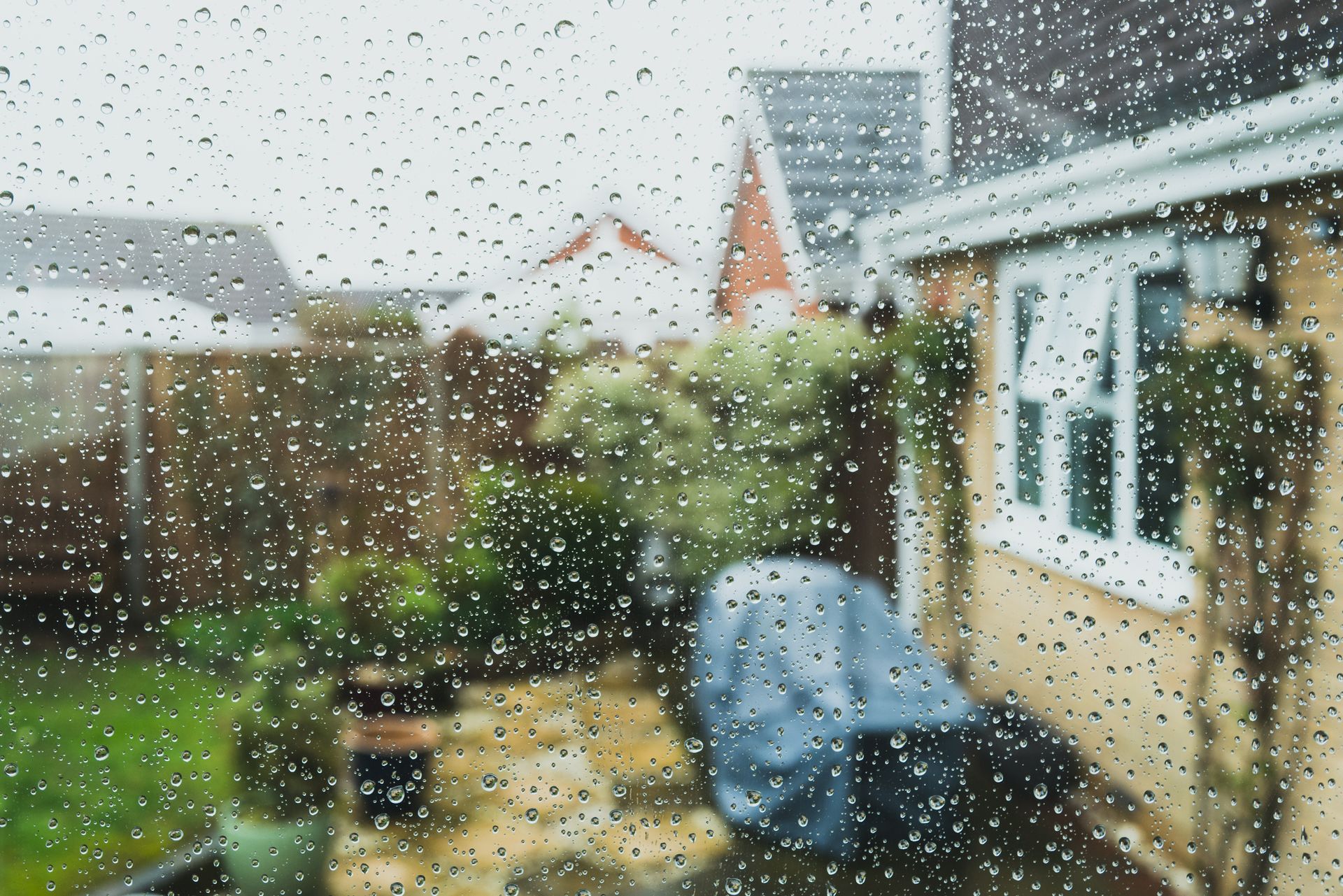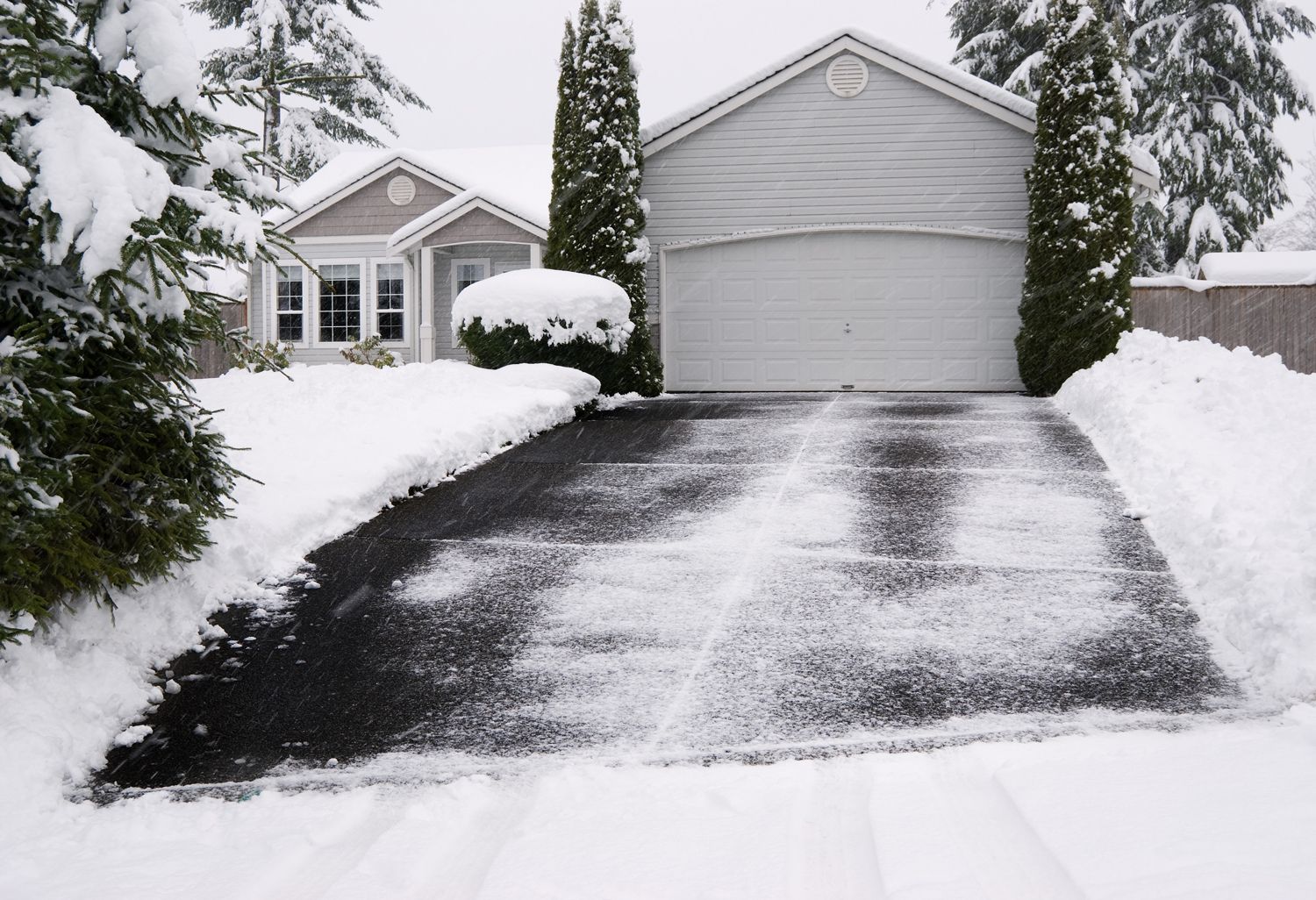Blog
Blog

By Admin
•
September 26, 2024
Being nominated for the 2024 Ethics Award is such an exciting and humbling experience! It’s more than just a nod to what we’ve accomplished—it’s a recognition of our commitment to doing things the right way. When you build a business on integrity, it’s rewarding to see that effort recognized, and that’s exactly what this nomination represents. In today’s world, where things move fast and pressures can mount, staying true to your values can be challenging. It’s easy to be tempted by shortcuts that promise quick wins, but we believe integrity means sticking to what’s right, even when the road gets tough. For us, company integrity is all about creating a culture where everyone feels responsible for upholding ethical standards. It’s not just about following the rules but ensuring that every decision we make aligns with the values that define who we are. It builds trust—not just with our clients, but within our team—and that trust is the foundation of everything we do. We like to call our commitment to ethics the “McMahill Standard.” It’s more than just a company motto; it’s our way of holding ourselves accountable to a higher standard. This means making thoughtful decisions, leading with responsibility, and treating everyone—employees, clients, and partners—with respect and fairness. Living up to the McMahill Standard means taking ownership when things go wrong, making decisions with integrity, and striving to be a positive force in our community. It’s not always easy, but it’s what we stand for, and we believe that’s why we’ve earned this nomination.While the nomination itself is such a huge honor, it’s also a reminder of why we do what we do. It encourages us to keep pushing forward with the same commitment to ethics and integrity that got us here in the first place. Winning would be amazing, but at the end of the day, it’s not about the award. It’s about knowing we’re on the right track and continuing to live by our values. This recognition motivates us to continue building a business where ethics and success go hand in hand. We’re so proud of the progress we’ve made, and we’re excited to keep setting the bar high, both for ourselves and for others. In the end, living up to the McMahill Standard isn’t just about being nominated for awards—it’s about making the right choices, day in and day out, and leading with integrity in everything we do. We’re thrilled to be on this journey, and we can’t wait to see where it takes us next!

December 27, 2023
As winter blankets your outdoor space in a serene layer of snow, there's a challenge that many homeowners know all too well – the struggle against mud. Winter mud can be particularly persistent, turning once picturesque lawns into messy, slushy terrain. In this blog post, we'll explore some practical tips to help you keep up with and manage a muddy landscape during the winter months, ensuring that you can enjoy the beauty of the season without the hassle of mud. Choose Cold-Resistant Ground Covers: When planning your winter landscape, opt for ground covers that can withstand cold temperatures and provide cover for the soil. Plants like winter creeper, snow-in-summer, and creeping Jenny can help reduce mud formation and add visual interest to your winter garden. Install Winter Walkways: Designate specific walkways using materials like gravel, crushed stone, or de-icing salt. These pathways can help channel foot traffic and prevent the formation of icy, muddy patches, keeping your outdoor spaces more accessible and less messy. Elevate High-Traffic Areas: If certain areas of your yard are prone to becoming muddy during winter, consider elevating those spaces. Platforms, decking, or strategically placed stepping stones can offer a dry and clean path, preventing mud from spreading. Strategic Snow Removal: When clearing snow from walkways and driveways, be mindful of where the snow will melt. Pile snow away from vulnerable areas to reduce the risk of creating muddy patches as the temperature rises. Mulch for Insulation: Apply a layer of mulch around plants and shrubs to provide insulation. This not only protects the roots from freezing temperatures but also helps absorb excess moisture, reducing the likelihood of muddy conditions. Regular Snow Removal: Stay on top of snow removal to prevent the accumulation of slush and mud. Use a snow blower or shovel promptly after snowfall to keep pathways clear and avoid the formation of slippery, muddy surfaces. Consider Snow Fencing: Snow fencing can be strategically placed to control drifting snow and prevent it from accumulating in specific areas. This can help minimize the melting and muddy conditions that often follow snowfall. Use Salt Alternatives: Traditional rock salt can contribute to soil erosion and environmental damage. Consider using alternative de-icing materials like sand, kitty litter, or calcium magnesium acetate, which are less harmful to your landscape. Winterize Your Lawn: Before winter sets in, give your lawn some extra care. Aerate the soil, fertilize, and ensure proper drainage to reduce the risk of muddy conditions when the snow begins to melt. Create a Winter Garden Plan: Plan your winter garden with intention. Consider adding elements like evergreen shrubs, decorative rocks, or winter-blooming plants that can add interest to your landscape while minimizing mud-related challenges. Winter may bring its fair share of challenges, but with a proactive and strategic approach, you can keep your outdoor space looking pristine even in the face of muddy conditions. Embrace these tips to transform your winter landscape into a serene and mud-free haven, allowing you to fully appreciate the beauty of the season. Here's to a winter wonderland that's as clean as it is captivating!

December 20, 2023
As the holiday gathering approaches and quickly, a last-minute home preparation checklist can help ensure a warm and welcoming atmosphere for your guests. Begin by focusing on the entrance – sweep the porch, shovel snow if needed, and add some festive decorations to create a cheerful first impression. Inside, declutter common areas to provide ample space for socializing. Check the guest bathroom to ensure it is well-stocked with essentials and has a tidy appearance. Confirm that your heating system is functioning efficiently to keep everyone comfortable. Set up a designated space for coats and bags, making it easy for guests to settle in. Double-check the lighting to create a cozy ambiance and replace any burnt-out bulbs. In the kitchen, organize your cooking and serving utensils, and clear counter space for meal preparation. Stock up on essential supplies, such as extra napkins and trash bags. Finally, don't forget to create a festive playlist to set the mood. With these last-minute touches, your home will be ready to host a memorable and enjoyable holiday gathering for your friends and family.

December 18, 2023
In the face of persistent windy conditions, it's crucial to fortify your home against potential damage. Start by inspecting the roof for loose or missing shingles, as strong winds can exploit any weaknesses. Secure outdoor items such as furniture and decorations to prevent them from becoming projectiles. Trim overhanging branches to minimize the risk of falling limbs damaging your property. Check windows and doors for drafts and consider weather-stripping or sealing gaps to improve energy efficiency. Reinforce fences and gates to withstand the force of the wind and examine the exterior for cracks or gaps that might compromise your home's integrity. Taking these precautions will not only protect your property but also contribute to a more resilient and energy-efficient home in windy conditions.

December 18, 2023
During rainy seasons, it's crucial to prioritize basement maintenance to prevent potential water damage. You can start by making sure your gutters and downspouts are clear of debris to facilitate proper water drainage away from your home's foundation. Regularly inspect and repair any cracks or gaps in the basement walls to prevent water seepage. Install a sump pump if you don't already have one, as it can efficiently remove excess water from the basement. Consider applying waterproof sealants to the walls and floors to create an additional barrier against moisture. If your basement has windows, check the seals for any leaks and replace them if necessary. Keep an eye on the grading around your home; ensure the soil slopes away from the foundation to prevent water accumulation. Lastly, regularly inspect your basement for signs of dampness or mold and promptly address any issues to maintain a dry and healthy living space.

December 12, 2023
As winter descends upon us, homeowners often focus on winterizing their main living spaces but, what about those unattached garages? Whether it's a workshop, storage space or housing your beloved vehicles, ensuring your unattached garage is ready for the winter months is crucial. In this blog post, we'll explore practical tips to help you maintain your unattached garage during the winter season.

December 11, 2023
Heat Pump Operation A heat pump is a device that can both cool your home in the summer and warm it up in the winter. It works by moving heat from one place to another, using a bit of science. Here's a simple explanation: Taking Heat from the Air (In Winter): In the winter, when you set your thermostat to a warmer temperature, the heat pump looks for warmth even in cold outdoor air. It takes this heat from the outside air and brings it inside. It's like bringing in a cozy blanket of warmth from the outdoors. Absorbing Heat: The heat pump has a special liquid inside it, called refrigerant. This liquid is fantastic at absorbing and releasing heat. The refrigerant absorbs the outdoor heat, and as it does, it turns into a warm gas. Pumping Warm Air Inside: The heat pump sends this warm gas into your home, and a fan circulates it through your ducts or as radiant heat. This warm air fills your home, making it nice and toasty. Reversing the Process (In Summer): Now, when it's hot outside and you want your home to be cool, the heat pump does a magical flip. It reverses the process. Instead of taking heat from the outside, it extracts heat from inside your home. Releasing Heat Outside: The heat pump sends this indoor heat outside. It's like throwing the unwanted heat away from your home. Cooling Your Home: With the indoor heat gone, your home becomes cooler. The same fan circulates the air, making your home comfortable even on hot days. So, in essence, a heat pump is like a year-round temperature scientist. It takes warmth from outside to heat your home in winter and moves indoor heat outside to cool your home in summer. It's a versatile and efficient way to manage your indoor climate with a touch of science!

December 11, 2023
As winter blankets our surroundings in frosty landscapes, many homeowners may wonder about the effectiveness of solar panels during the darker and colder months. Contrary to popular belief, solar panels can be surprisingly efficient even in winter. In this blog post, we'll explore how solar panels operate in colder conditions, debunk some common myths, and provide tips to maximize solar efficacy during the winter season.

December 4, 2023
In the ever-evolving world of home climate control, the heat pump stands out as a versatile and efficient solution that plays a dual role – keeping your home warm in winter and cool in summer. This remarkable device operates on the principles of heat transfer and science, making it a year-round temperature scientist for your indoor comfort.

December 4, 2023
In the charming historical neighborhood of Peoria, Illinois where time seems to have paused to preserve the architectural beauty of yesteryears, many residents find themselves tending to the unique needs of their older houses. One common concern in these venerable homes is the issue of drafty windows that can compromise both comfort and energy efficiency. Consider a practical solution of using Visqueen, a durable and transparent plastic film to insulate windows.
Browse Our Website
Business Information
Phone: 309-676-2597
Emergency Number: 309-219-2597
Email: office@mcmahillandsons.com
Address: 1619 W. Luthy Drive Peoria, IL 61615
Payment Option










Business Hours
- Mon - Fri
- -
- Sat - Sun
- Closed
By Appointment After Hours
Emergency Service Available 24/7
Browse Our Website
Business Information
Phone: (309) 676-2597
Emergency Number: (309) 219-2597
Email: office@mcmahillandsons.com
Address: 1619 W. Luthy Drive Peoria, IL 61615
Payment Option










Business Hours
- Mon - Fri
- -
- Sat - Sun
- Closed
By Appointment After Hours
Emergency Service Available 24/7
Content, including images, displayed on this website is protected by copyright laws. Downloading, republication, retransmission or reproduction of content on this website is strictly prohibited. Terms of Use
| Privacy Policy


